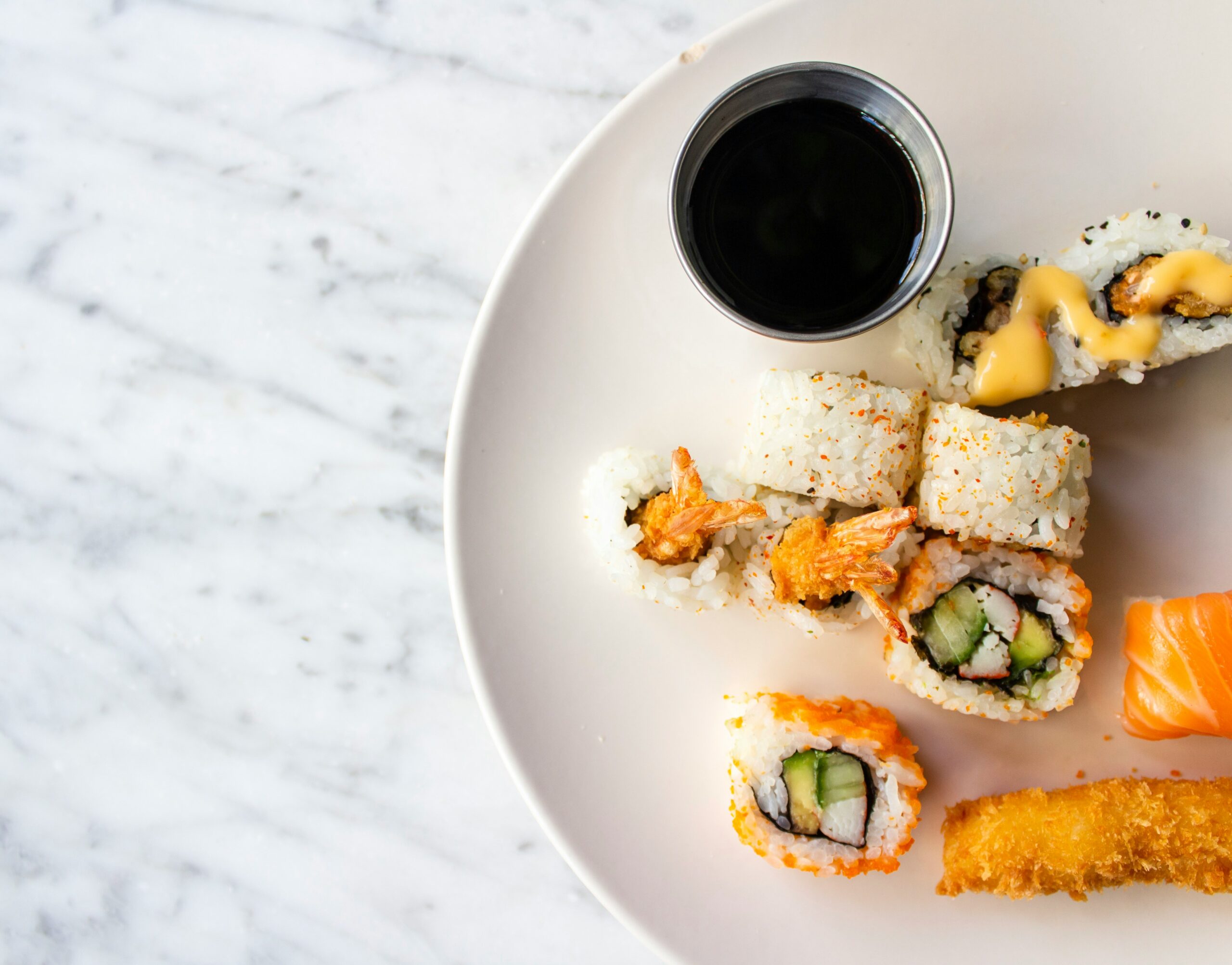Savoring Tradition: Embracing Family Recipes for Modern Palates
In an age where culinary trends seem to shift faster than a chef can flip a pancake, there’s something refreshing—and almost revolutionary—about family recipes. Those cherished handwritten notes tucked away in the kitchen drawer or the special spice blends passed down through generations are more than just relics of the past; they are vibrant stories waiting to be told and reimagined. As we navigate the culinary landscape of modernity, many of us are finding ourselves drawn back to these familial treasures, breathing new life into traditional dishes that resonate with our contemporary tastes.
The Allure of Family Recipes
Family recipes often carry with them a sense of nostalgia. They evoke memories of crowded kitchens, the warmth of loved ones gathered around a table, and the tantalizing aromas wafting through the air. I remember my grandmother’s kitchen, where the air was thick with the scent of simmering tomato sauce, a recipe that had been in our family for generations. It wasn’t just about the food; it was about the traditions, the laughter, and sometimes the tears that came with every meal shared. It’s no wonder that so many people are finding comfort in these dishes, especially during uncertain times.
According to a study by the Pew Research Center, nearly 75% of Americans say they enjoy cooking at home, with many attributing their enthusiasm to family recipes. This desire to connect with our roots through food is a testament to the power that cooking holds in our lives. Food isn’t just sustenance; it’s a powerful connector of people and cultures.
Reimagining Tradition
However, the challenge arises when modern palates are introduced to these traditional recipes. Just because Grandma’s chicken soup was a staple doesn’t mean it will appeal to today’s health-conscious diner or food adventurer. Here’s where creativity comes into play. Chefs and home cooks alike are finding innovative ways to adapt and modernize these time-honored dishes while still respecting their origins.
Take, for instance, the classic lasagna. While my grandmother would layer sheets of homemade pasta with rich béchamel and a hearty meat sauce, today’s chefs might opt for zucchini or eggplant slices in place of pasta for a low-carb alternative. It’s a beautiful dance of respecting tradition while embracing modern dietary needs. Moreover, the incorporation of global flavors—think kimchi or harissa—into traditional recipes is becoming increasingly popular. These adaptations not only make the dishes more appealing to a wider audience but also create a fusion of cultures that can be incredibly enriching.
The Role of Health and Sustainability
With growing awareness of health, sustainability, and dietary restrictions, many people are also seeking ways to make their family recipes healthier. Some might find themselves swapping out ingredients or adjusting cooking methods to cater to vegan or gluten-free diets. For example, if you’ve got a beloved chocolate cake recipe but your niece has gone vegan, you might consider using aquafaba (the liquid from canned chickpeas) in place of eggs. It may sound odd, but I assure you, it works wonders!
Furthermore, the locavore movement has encouraged many to source ingredients from local farmers, which can influence how traditional recipes are approached. Using seasonal produce not only enhances the flavor of the dish but also pays homage to the regions from which these recipes originated. Imagine a summer ratatouille made with the ripest heirloom tomatoes and freshly picked basil. It’s a celebration of tradition and sustainability all in one bite.
Bringing the Family Together
As we explore these modern adaptations, one of the most significant aspects remains the communal nature of cooking. Family recipes have a unique ability to unite people, creating bonds that can last a lifetime. I can’t help but chuckle when I think about the time I attempted to recreate my mother’s famous apple pie. Let’s just say the dough ended up more like a crumbled mess than a delectable crust. But the experience, filled with laughter and a generous sprinkle of flour on my face, was worth every second. It’s these moments that remind us of the joy of cooking together, learning from each other, and sharing stories as we chop, stir, and bake.
Preserving Recipes for Future Generations
In an effort to preserve these family recipes, many are turning to technology. Digital recipe collections, social media, and food blogs are becoming the new family cookbooks. Platforms like Instagram and Pinterest allow us to share and discover new interpretations of our favorite dishes. However, it’s essential to remember that while technology offers convenience, nothing quite compares to the tactile experience of flipping through a handwritten recipe book, dusted with flour and stained with sauce—a tangible connection to our heritage.
Some families have even taken it a step further, creating websites or blogs dedicated to preserving their culinary histories. Imagine a digital archive filled with stories, photos, and videos of family members cooking together, sharing not just recipes but traditions and memories. It’s a beautiful way to ensure that future generations will not only taste the food but feel the love and history behind each dish.
The Future of Family Recipes
But what does the future hold for family recipes? As we move forward, it’s likely that we’ll continue to see a blending of cultures and cuisines. The rise of global communication means that ingredients and recipes that were once isolated to specific regions are now accessible to anyone willing to experiment. This can lead to exciting culinary innovations, but it also raises questions about cultural appropriation and authenticity.
Food historians often emphasize the importance of understanding the cultural significance behind traditional dishes. When adapting a recipe from another culture, it’s crucial to approach it with respect and knowledge. For instance, if you’re inspired by a traditional Indian curry, take the time to learn about the spices used and their significance in Indian cooking. Not only does this enrich the cooking experience, but it also honors the heritage from which the recipe originates.
Conclusion: A Taste of Tradition
As we savor the flavors of tradition, let us remember that family recipes are not just about food; they are about connection, history, and love. They remind us of who we are and where we come from. While we embrace modern flavors and techniques, let’s hold tight to the essence of these recipes that have shaped our culinary experiences. After all, whether it’s a comforting bowl of chicken soup or a dazzling fusion dish, the heart of every meal is the love and care that goes into it—something that will never go out of style.
So, the next time you find yourself in the kitchen, whether you’re whipping up a family classic or trying something new, take a moment to reflect on the stories behind the ingredients. Savor the tradition, and embrace the modern. Bon appétit!




